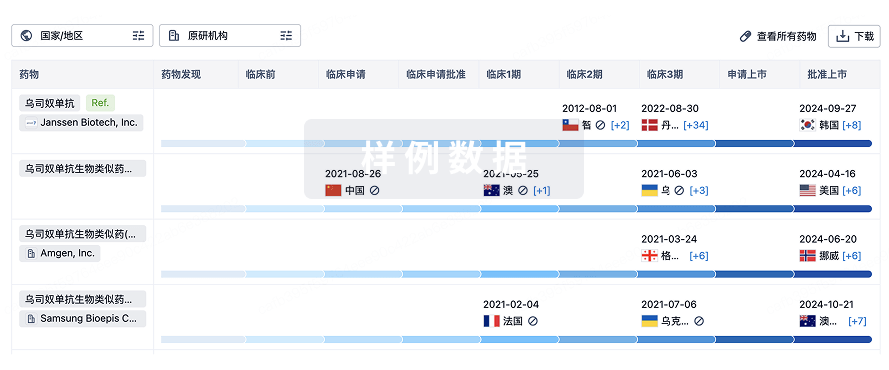Article
作者: Menguy, Isabelle ; Lo Presti, François ; Poirier, Bruno ; Thill, Gilbert ; Illiano, Stephane ; Chenede, Xavier ; Le Claire, Stéphane ; Pasquier, Olivier ; Corbier, Alain ; Bathgate, Ross ; Le Bail, Jean-Christophe ; Monteagudo, Edith ; Prigent, Philippe ; Duclos, Olivier ; Janiak, Philip ; Minoletti, Claire ; Philippo, Christophe ; Gillot, Florence ; Guillotel, Michel ; Mallart, Sergio ; Bianchi, Elisabetta ; Riva, Laurence ; Ingenito, Raffaele ; Grailhe, Patrick
Abstract:Despite beneficial effects in acute heart failure, the full therapeutic potential of recombinant relaxin-2 has been hampered by its short half-life and the need for intravenous administration limiting its use to intensive care units. A multiparametric optimization of the relaxin B-chain led to the identification of single chain lipidated peptide agonists of RXFP1 like SA10SC-RLX with subcutaneous bioavailability and extended half-life. SA10SC-RLX has sub nanomolar activity on cells expressing human RXFP1 and molecular modeling associated with the study of different RXFP1 mutants was used to decipher the mechanism of SA10SC-RLX interaction with RXFP1. Telemetry was performed in rat where SA10SC-RLX was able to engage RXFP1 after subcutaneous administration without tachyphylaxis after repeated dosing. Renal blood flow was then used as a translational model to evaluate RXFP1 activation. SA10SC-RLX increased renal blood flow and decreased renal vascular resistance in rats as reported for relaxin in humans. In conclusion, SA10SC-RLX mimics relaxin activity in in vitro and in vivo models of acute RXFP1 engagement. SA10SC-RLX represents a new class of long-lasting RXFP1 agonist, suitable for once daily subcutaneous administration in patients and potentially paving the way to new treatments for chronic fibrotic and cardiovascular diseases.







